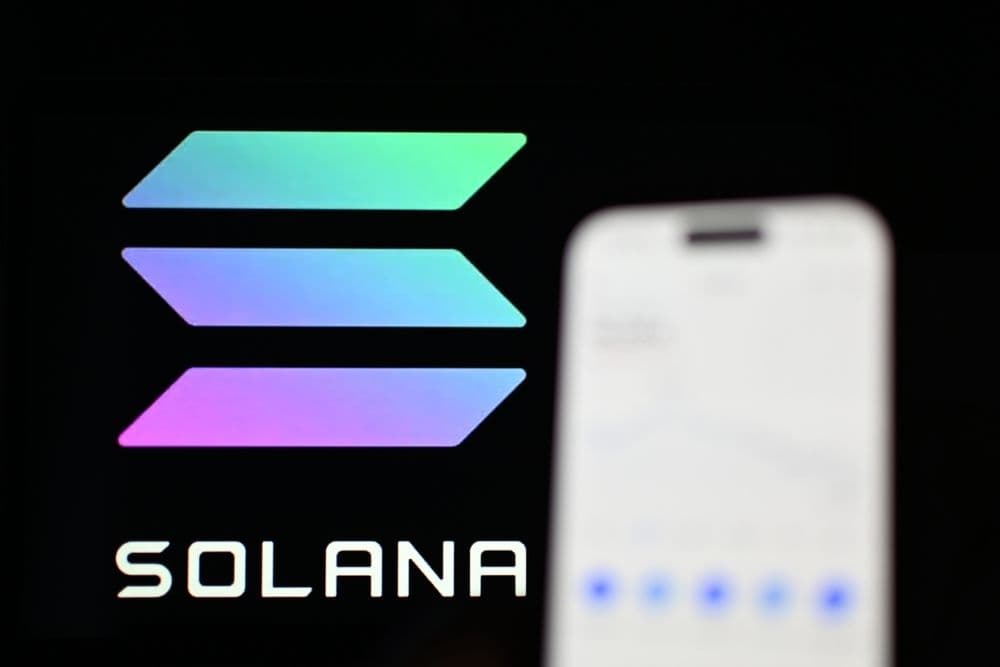 Mega Matrix has filed a $2B shelf registration to fund its new Ethena stablecoin treasury strategy. (Shutterstock)
Mega Matrix has filed a $2B shelf registration to fund its new Ethena stablecoin treasury strategy. (Shutterstock)Previously, Mega Matrix’s treasury strategy centered on more familiar digital assets. In May 2025, the board approved acquiring Bitcoin and Ethereum as reserve assets. The company subsequently completed a $16 million private placement, signaling its first serious foray into the stablecoin sector. Building on that foundation, the firm has now launched its Digital Asset Treasury (DAT) initiative, designed to use security offerings enabled by the $2 billion shelf registration to accumulate Ethena’s ENA governance token. This represents a calculated dive into stablecoin governance and revenue-sharing mechanisms.
Ethena, the issuer of the ENA governance token, operates USDe, a synthetic stablecoin distinct from fiat-backed peers like USDC or USDT. Rather than holding traditional reserves, USDe uses a delta-neutral hedging model that relies on perpetual futures contracts to offset exposure, enabling the system to maintain its peg while generating yield through derivatives markets.
Governance token holders, including ENA participants, benefit from Ethena’s fee-switch mechanism, which distributes a share of protocol revenue to governance. By holding ENA rather than USDe directly, Mega Matrix positions itself to capture DeFi revenue while aligning with regulatory requirements such as the GENIUS Act, which prevents stablecoin issuers from paying yield directly to token holders.
The scale of Mega Matrix’s shelf registration is notable given the company’s relatively modest market size. Seeking authorization to raise up to $2 billion marks an ambitious step that far exceeds its typical capitalization. That ambition is underscored by the rapid growth of Ethena’s ecosystem.
Its synthetic stablecoin, USDe, has quickly become one of the largest in circulation, supported by billions of dollars in issuance and significant protocol revenues within just a few months of operation. The combination of swift adoption and strong yield generation highlights why Mega Matrix views ENA as a cornerstone of its new treasury strategy.
These developments align with broader forecasts for the stablecoin sector. Standard Chartered Research has projected that the global stablecoin market could expand to around $2 trillion by 2028, suggesting vast headroom for growth in governance-driven models like Ethena’s. Mega Matrix’s decision to tie its treasury to ENA therefore reflects not only a search for yield but also a desire for influence within the Ethena protocol. Governance rights give ENA holders a role in shaping upgrades and fee allocation, effectively blending corporate treasury management with active participation in decentralized networks.
The potential upside is matched by serious risks. ENA remains a volatile governance token, subject to the broader ebbs and flows of the crypto market. Moreover, the regulatory framework around governance token income streams is still unsettled, raising the possibility that U.S. authorities could scrutinize Mega Matrix’s Digital Asset Treasury (DAT) strategy more closely. At the same time, execution matters: building a treasury of ENA at scale requires careful timing and liquidity management to avoid destabilizing the very ecosystem Mega Matrix aims to join. For a mid-cap firm that continues to operate its FlexTV streaming business, the leap into complex DeFi mechanics is likely to test both investor patience and operational agility.
Yet if the strategy works, Mega Matrix could set a precedent for how publicly traded companies engage with DeFi. Instead of limiting themselves to holding Bitcoin as a long-term reserve, firms might begin to see governance tokens as dual-purpose assets: sources of yield and levers of protocol influence. That blurring of corporate and decentralized finance is precisely what makes Mega Matrix’s move unusual. It is not simply a treasury play, it is a declaration that governance power in DeFi protocols can be part of a listed company’s balance sheet.
Mega Matrix has already tested the waters with smaller allocations and targeted financing, but the $2 billion shelf underscores how serious the board is about its long-term reorientation. The decision signals to investors that the company is willing to evolve beyond its original identity in streaming entertainment and embrace a role as a hybrid participant straddling both public markets and on-chain governance. Whether that gamble pays off will depend on the stability of USDe, the market value of ENA, and the company’s ability to stay ahead of shifting regulations. But one fact is clear: this is not a conventional treasury move, and Mega Matrix is betting heavily that the next frontier of corporate finance lies inside decentralized protocols.

SKR debuts January 2026 as Solana Mobile grows its vision

Digital rand paused as SARB sees no urgent need

Ripple wins ADGM approval for institutional use of RLUSD

Abu Dhabi fund boosts Bitcoin ETF threefold